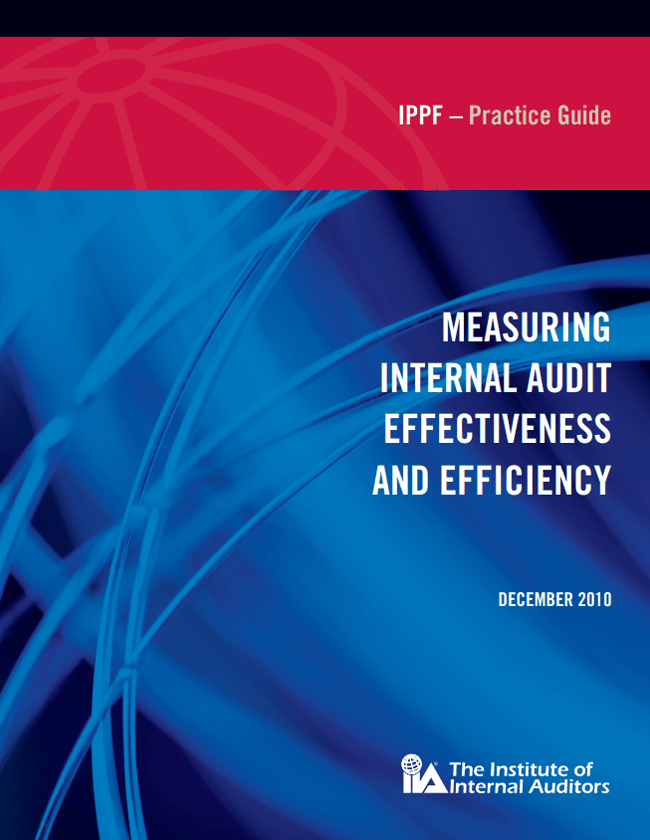Practice Guide: Measuring Internal Audit Effectiveness and Efficiency
Guidance | September 10, 2021

When effectively managed, internal auditing becomes an important element in helping an organization achieve its objectives. Organizations with internal audit activities are better able to identify business risks and system inefficiencies, take appropriate corrective action, and ultimately support continuous improvement. However, to maintain and enhance internal audit’s credibility, its effectiveness and efficiency must be monitored.
This Practice Guide helps internal auditors measure their effectiveness and efficiency by providing guidance on establishing a performance measurement process, identifying key performance measures, and monitoring and reporting on the level of customer service provided to internal audit stakeholders.
Sources to consider when identifying key performance effectiveness and efficiency measures of the internal audit activity include The IIA’s International Professional Practices Framework (IPPF), the internal audit charter and mission, applicable laws and regulations, and audit strategies and plans. Effectiveness and efficiency measurements can be both quantitative and qualitative. It is important for the internal audit activity to obtain feedback from key stakeholders on audit effectiveness and make adjustments where needed.